
Machine Learning with PyTorch and Scikit-Learn. Develop machine learning and deep learning models with Python Sebastian Raschka, Yuxi (Hayden) Liu, Vahid Mirjalili, Dmytro Dzhulgakov
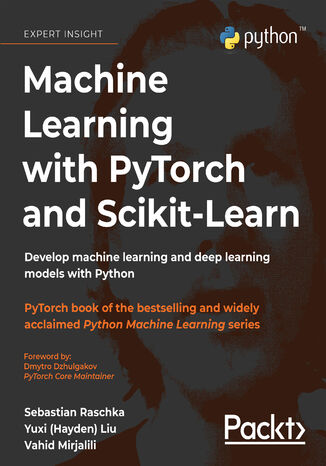



- Autorzy:
- Sebastian Raschka, Yuxi (Hayden) Liu, Vahid Mirjalili, Dmytro Dzhulgakov
- Serie wydawnicze:
- Learning
- Wydawnictwo:
- Packt Publishing
- Ocena:
- Stron:
- 774
- Dostępne formaty:
-
PDFePub
Opis
książki
:
Machine Learning with PyTorch and Scikit-Learn. Develop machine learning and deep learning models with Python
Packed with clear explanations, visualizations, and examples, the book covers all the essential machine learning techniques in depth. While some books teach you only to follow instructions, with this machine learning book, we teach the principles allowing you to build models and applications for yourself.
Why PyTorch?
PyTorch is the Pythonic way to learn machine learning, making it easier to learn and simpler to code with. This book explains the essential parts of PyTorch and how to create models using popular libraries, such as PyTorch Lightning and PyTorch Geometric.
You will also learn about generative adversarial networks (GANs) for generating new data and training intelligent agents with reinforcement learning. Finally, this new edition is expanded to cover the latest trends in deep learning, including graph neural networks and large-scale transformers used for natural language processing (NLP).
This PyTorch book is your companion to machine learning with Python, whether you're a Python developer new to machine learning or want to deepen your knowledge of the latest developments.
Wybrane bestsellery
Sebastian Raschka, Yuxi (Hayden) Liu, Vahid Mirjalili, Dmytro Dzhulgakov - pozostałe książki
Zobacz pozostałe książki z serii Learning
Packt Publishing - inne książki
Dzięki opcji "Druk na żądanie" do sprzedaży wracają tytuły Grupy Helion, które cieszyły sie dużym zainteresowaniem, a których nakład został wyprzedany.
Dla naszych Czytelników wydrukowaliśmy dodatkową pulę egzemplarzy w technice druku cyfrowego.
Co powinieneś wiedzieć o usłudze "Druk na żądanie":
- usługa obejmuje tylko widoczną poniżej listę tytułów, którą na bieżąco aktualizujemy;
- cena książki może być wyższa od początkowej ceny detalicznej, co jest spowodowane kosztami druku cyfrowego (wyższymi niż koszty tradycyjnego druku offsetowego). Obowiązująca cena jest zawsze podawana na stronie WWW książki;
- zawartość książki wraz z dodatkami (płyta CD, DVD) odpowiada jej pierwotnemu wydaniu i jest w pełni komplementarna;
- usługa nie obejmuje książek w kolorze.
Masz pytanie o konkretny tytuł? Napisz do nas: sklep@helion.pl
Książka drukowana




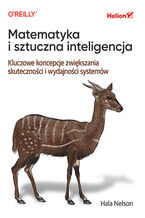
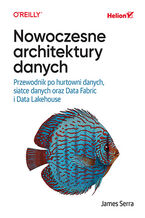

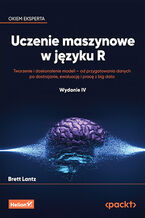
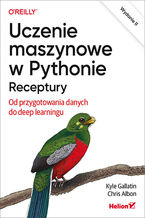
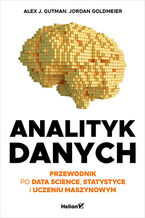
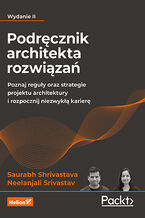
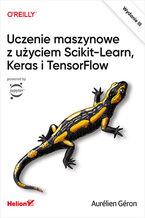

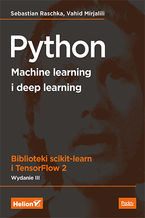
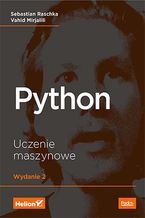
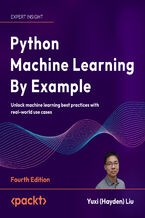

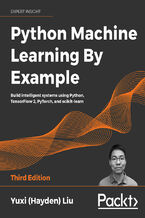
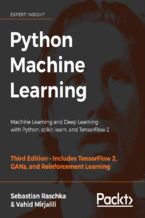
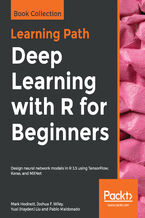
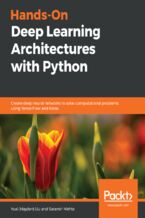
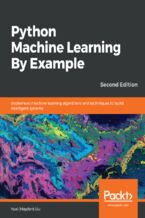
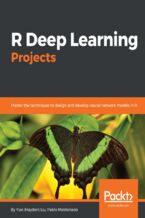
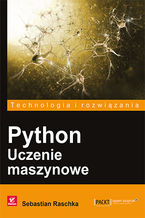
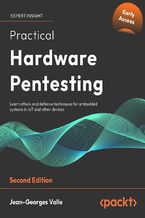
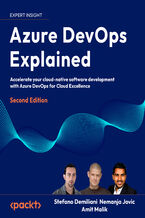

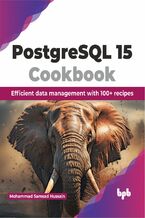
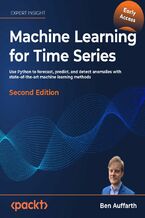
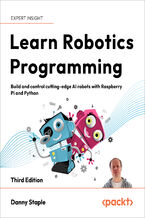

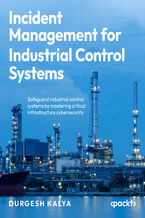
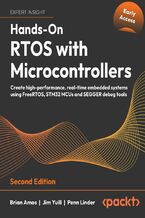





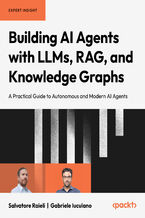
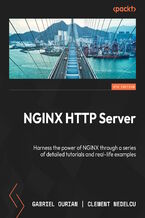
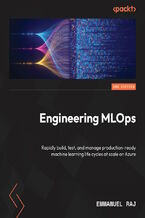

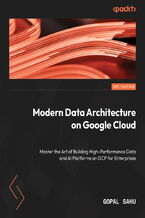
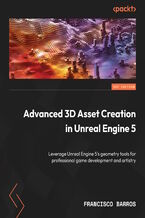
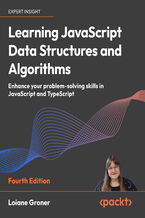
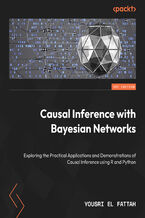
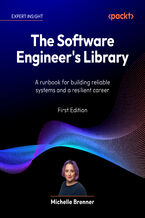




Oceny i opinie klientów: Machine Learning with PyTorch and Scikit-Learn. Develop machine learning and deep learning models with Python Sebastian Raschka, Yuxi (Hayden) Liu, Vahid Mirjalili, Dmytro Dzhulgakov
(1)-
6
-
5
-
4
-
3
-
2
-
1
6.0(1)
(0)
(0)
(0)
(0)
(0)